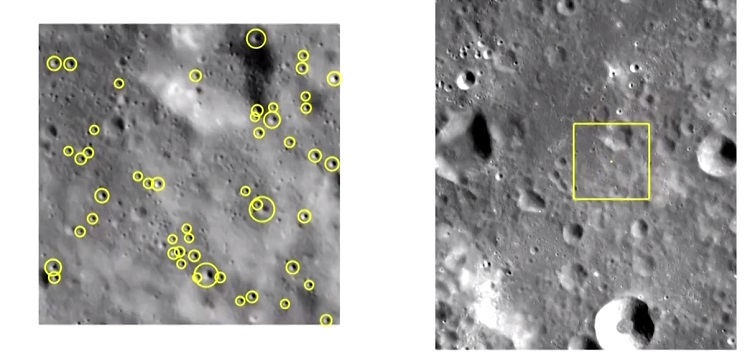Japanese flight controllers successfully re-established communication with the robotic SLIM lunar lander on Saturday, marking an accomplishment eight days after the spacecraft encountered difficulties and lost power during its attempted landing on January 19.
The incident occurred due to an engine malfunction in the final moments before landing, causing the Smart Landing for Investigating the Moon (SLIM) spacecraft to deviate laterally during descent instead of descending vertically to the lunar surface.
This lateral displacement led to the probe tilting over upon landing, positioning its solar cells, located atop the lander, away from the sun.
With the solar cells unable to generate power, the spacecraft had to rely on its diminishing on-board battery for power.
Following the acquisition of several images and the retrieval of extensive engineering data, instructions were transmitted to power down the spacecraft, utilizing the remaining battery reserves.
During this period, authorities expressed optimism that communication could potentially be reestablished when the angle between the sun and SLIM’s solar cells altered as the moon traversed its orbit.
SLIM’s Battery and Duration Uncertainty

It remained uncertain at the moment whether there was sufficient power to recharge SLIM’s battery, the anticipated duration engineers envisioned for the spacecraft’s operation with the existing power, or the possibility of shutting it down again to await additional power generation.
Despite encountering challenges, SLIM accomplished a successful lunar landing, positioning Japan as the fifth nation to achieve this feat after the United States, the former Soviet Union, China, and India.
In recent years, three robotic landers developed by commercial entities in Japan, Israel, and the United States faced malfunctions, leading to unsuccessful landings.
A fourth commercial lander, constructed by Houston-based Intuitive Machines, is slated for launch next month.
